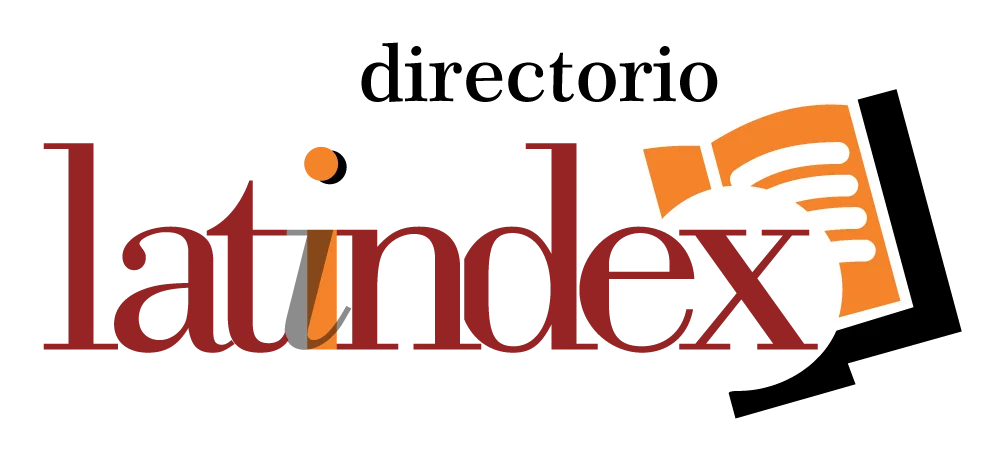Effects of cholinergic receptor activation and magnetic fields on motor behavior in ischemic gerbils
DOI:
https://doi.org/10.56294/ri202470Keywords:
Ischemia, Cholinergic Agonists, Magnetic Field Therapy, Motor Activity, GerbillinaeAbstract
Introduction: ischemic stroke stands as a leading global cause of death and disability, prompting the need for animal model experiments in stroke research and the protection of motor function. Recently, magnetic fields have gained significant interest in various biological contexts, showing promise in preserving neurons and reversing behavioral and morphological changes in stroke models. This study explores the potential synergy between static magnetic field and nAChR agonist administration in safeguarding motor behavior in ischemic gerbils.
Objective: to determine whether the combined use of a static magnetic field and an agonist for nicotinic acetylcholine receptors (nAChR) can preserve motor behavior in ischemic gerbils.
Methods: in this experimental study, 72 Mongolian gerbils were randomly allocated into nine groups (n=8): S, SISM, SINSM, ISM, INP, ISP, INSM, INNP, INSP, distributed according to surgical procedure and treatment. The animals were trained and evaluated on the Rotarod (RR) to assess motor performance.
Results: the main finding was the preservation of motor behavior in the Sham Ischemia and Nicotine and Sham Magnetic Stimulation (SINSM) and Ischemia and Nicotine and South Pole Magnetic Field (INSP) groups, as evidenced by the results of the RR test.
Conclusions: the findings are consistent with previous literature and provide insight into the mechanism of potentiation, as results showed that adding a nAChR agonist to the magnetic field preserved motor performance in the RR test of ischemic animals.
References
1. Tsao CW, Aday AW, Almarzooq ZI, Alonso A, Beaton AZ, Bittencourt MS, et al. Heart Disease and Stroke Statistics-2022 Update: A Report From the American Heart Association. Circulation. 2022;145(8):e153-e639. https://doi.org/10.1161/CIR.0000000000001052
2. Buiatti de Araujo FL, Bertolino G, Funayama CAR, Coimbra NC, Eduardo de Araujo J. Influence of treadmill training on motor performance and organization of exploratory behavior in Meriones unguiculatus with unilateral ischemic stroke: histological correlates in hippocampal CA1 region and the neostriatum. Neurosci Lett. 2008;431(2):179-183. https://doi.org/doi:10.1016/j.neulet.2007.11.038
3. Buiatti de Araujo FL, Bertolino G, Gonçalves RB, Marini LC, Coimbra NC, de Araujo JE. Neuropathology and behavioral impairments after three types of global ischemia surgery in Meriones unguiculatus: evidence in motor cortex, hippocampal CA1 region and the neostriatum. J Neurol Sci. 2012;312(1-2):73-78. https://doi.org/10.1016/j.jns.2011.08.019
4. Bertolino G, Buiatti de Araujo FL, Souza HC, Coimbra NC, de Araujo JE. Neuropathology and behavioral impairments after bilateral global ischemia surgery and exposure to static magnetic field: Evidence in the motor cortex, the hippocampal CA1 region and the neostriatum. Int J Radiat Biol. 2013;89(8):595-601. https://doi.org/10.3109/09553002.2013.784422
5. Takeshige C, Sato M. Comparisons of pain relief mechanisms between needling to the muscle, static magnetic field, external qigong and needling to the acupuncture point. Acupunct Electrother Res. 1996;21(2):119-131. https://doi.org/10.3727/036012996816356924
6. Welch KD, Pfister JA, Lima FG, Green BT, Gardner DR. Effect of α₇ nicotinic acetylcholine receptor agonists and antagonists on motor function in mice. Toxicol Appl Pharmacol. 2013;266(3):366-374. https://doi.org/10.1016/j.taap.2012.11.024
7. Percie du Sert N, Hurst V, Ahluwalia A, et al. The ARRIVE guidelines 2.0: Updated guidelines for reporting animal research. PLoS Biol. 2020;18(7):e3000410. doi: 10.1371/journal.pbio.3000410
8. Hubrecht RC, Carter E. The 3Rs and Humane Experimental Technique: Implementing Change. Animals. 2019; 9(10):754. https://doi.org/10.3390/ani9100754
9. Borlongan CV, Cahill DW, Sanberg PR. Locomotor and passive avoidance deficits following occlusion of the middle cerebral artery. Physiol Behav. 1995;58(5):909-917. https://doi.org/10.1016/0031-9384(95)00103-p
10. Fanelli C, Coppola S, Barone R, et al. Magnetic fields increase cell survival by inhibiting apoptosis via modulation of Ca2+ influx. FASEB J. 1999;13(1):95-102. https://doi.org/10.1096/fasebj.13.1.95
11. Giorgetto C, Silva EC, Kitabatake TT, Bertolino G, de Araujo JE. Behavioural profile of Wistar rats with unilateral striatal lesion by quinolinic acid (animal model of Huntington disease) post-injection of apomorphine and exposure to static magnetic field. Exp Brain Res. 2015;233(5):1455-1462. https://doi.org/10.1007/s00221-015-4219-7
12. Brito RC, Olivato T, Kitabatake TT, Zhang K, de Oliveira Guirro EC, de Araujo JE. Static magnetic field blocked alprazolam-induced behavior of Wistar rats in the elevated plus-maze test. Neurosci Lett. 2023;794:137013. https://doi.org/10.1016/j.neulet.2022.137013
13. Auza-Santivañez JC, Lopez-Quispe AG, Carías A, Huanca BA, Remón AS, Condo-Gutierrez AR, et al. Improvements in functionality and quality of life after aquatic therapy in stroke survivors. AG Salud 2023;1:15-15.
14. Shohamy D, Adcock RA. Dopamine and adaptive memory. Trends Cogn Sci. 2010;14(10):464-472. https://doi.org/10.1016/j.tics.2010.08.002
15. Scholz J, Niibori Y, W Frankland P, P Lerch J. Rotarod training in mice is associated with changes in brain structure observable with multimodal MRI. Neuroimage. 2015;107:182-189. https://doi.org/10.1016/j.neuroimage.2014.12.003
Downloads
Published
Issue
Section
License
Copyright (c) 2024 Manoela Gallon Pitta, Kelly Zhang, Gustavo Henrique de Mello Rosa, Lucas Hipolito do Espírito Santo, Elaine Caldeira de Oliveira Guirro, João Eduardo de Araujo (Author)

This work is licensed under a Creative Commons Attribution 4.0 International License.
The article is distributed under the Creative Commons Attribution 4.0 License. Unless otherwise stated, associated published material is distributed under the same licence.





